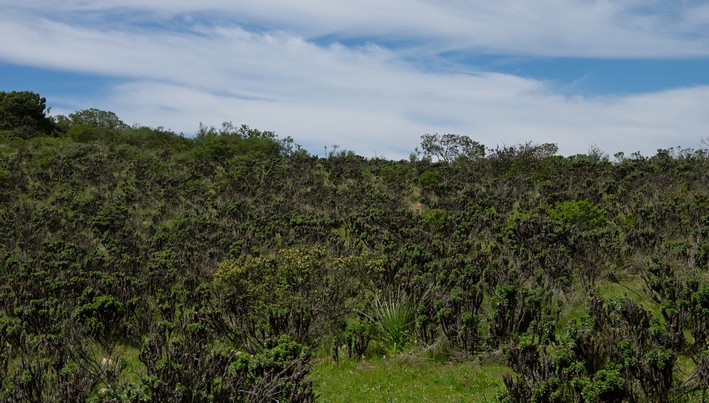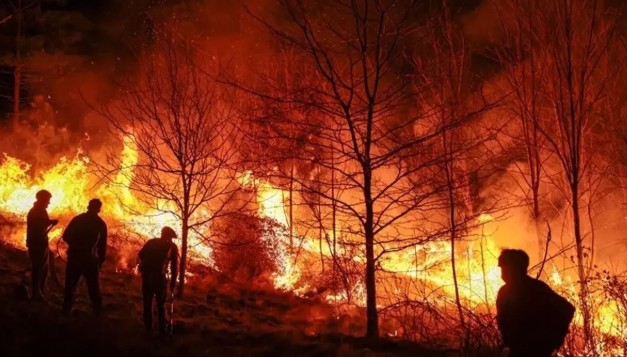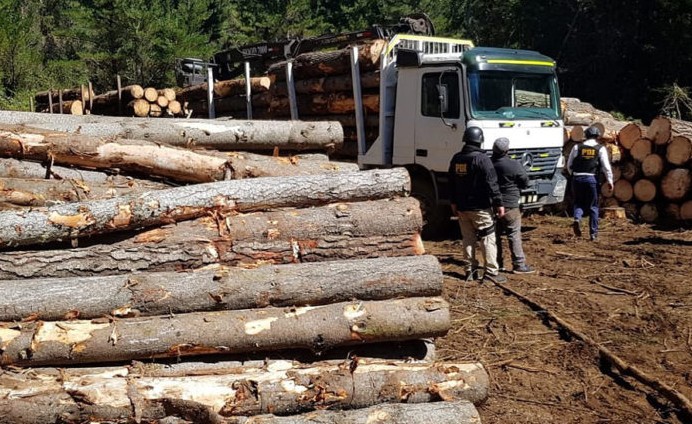CESAF Study Highlights High Genetic Variability in Key Species of the Sclerophyllous Forest
The Private Natural Reserve Altos de Cantillana hosted the closing and dissemination workshop of the project "Genetic and Silvicultural Considerations for the Restoration of Ravine Hydrophilic Forests in the Metropolitan Region" (Conaf 045/2020), a four-year research project developed by CESAF with funding from the Native Forest Research Fund of Conaf.
The initiative, led by Dr. Carlos Magni, along with co-investigators Eduardo Martínez, Iván Grez, Sergio Espinoza (Universidad Católica del Maule), Fernanda Romero (Altos de Cantillana Reserve), and Iván Quiroz (Forestry Institute), aimed to generate applied knowledge to strengthen the conservation and restoration of one of the most threatened ecosystems in the central zone: the ravine hydrophilic forest.
During the event, which brought together scientists, professionals, and representatives from the reserve, the main findings of the study were shared, highlighting the importance of genetic and physiological variability in emblematic native species such as the northern belloto, peumo, patagua, and lingue.
One of the most relevant results was the high genetic variability observed in these species, which is directly related to their resilience to water stress, an increasingly common condition in the context of climate change. In the case of the northern belloto, different provenances were analyzed, and significant differences in their water use efficiency were identified, allowing the selection of populations better suited to face drought scenarios like the one affecting the central zone of the country for a decade.
The study also evaluated the capacity for natural regeneration and seed production as inputs for restoration projects, emphasizing the importance of having well-adapted local seed sources. Additionally, a proposal for priority areas for the conservation and restoration of hydrophilic forests in the Metropolitan Region was presented, considering climate change projections.
Regarding active restoration techniques, the research team experimented with the use of sun protectors for seedlings, different levels of canopy cover, and soil management strategies, with promising results for increasing the survival of planted species.
The workshop included the practical activity "From the Nursery to the Forest: Learning Restoration in the Field," where attendees visited the trials set up in the reserve and reflected on the challenges of moving restoration from theory to practice, highlighting the need to involve local communities.
As the research team concluded, restoring a forest is not just about planting trees but also about protecting genetic diversity, fostering natural processes, adapting strategies to climate change, and strengthening local governance.
The project's results aim to inform future ecological restoration initiatives in central Chile, where hydrophilic forests play an essential role in biodiversity conservation, water regulation, and combating desertification.

















